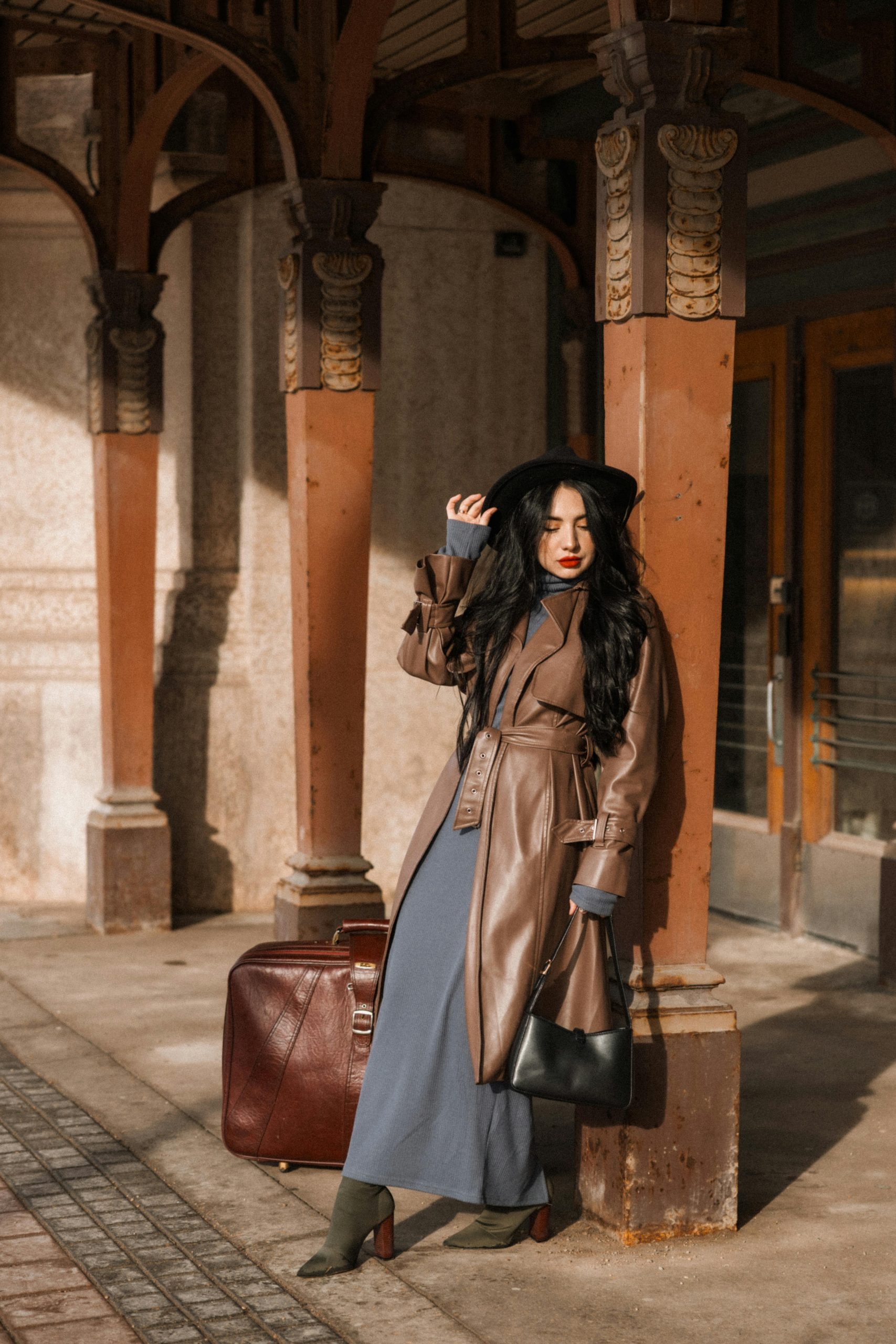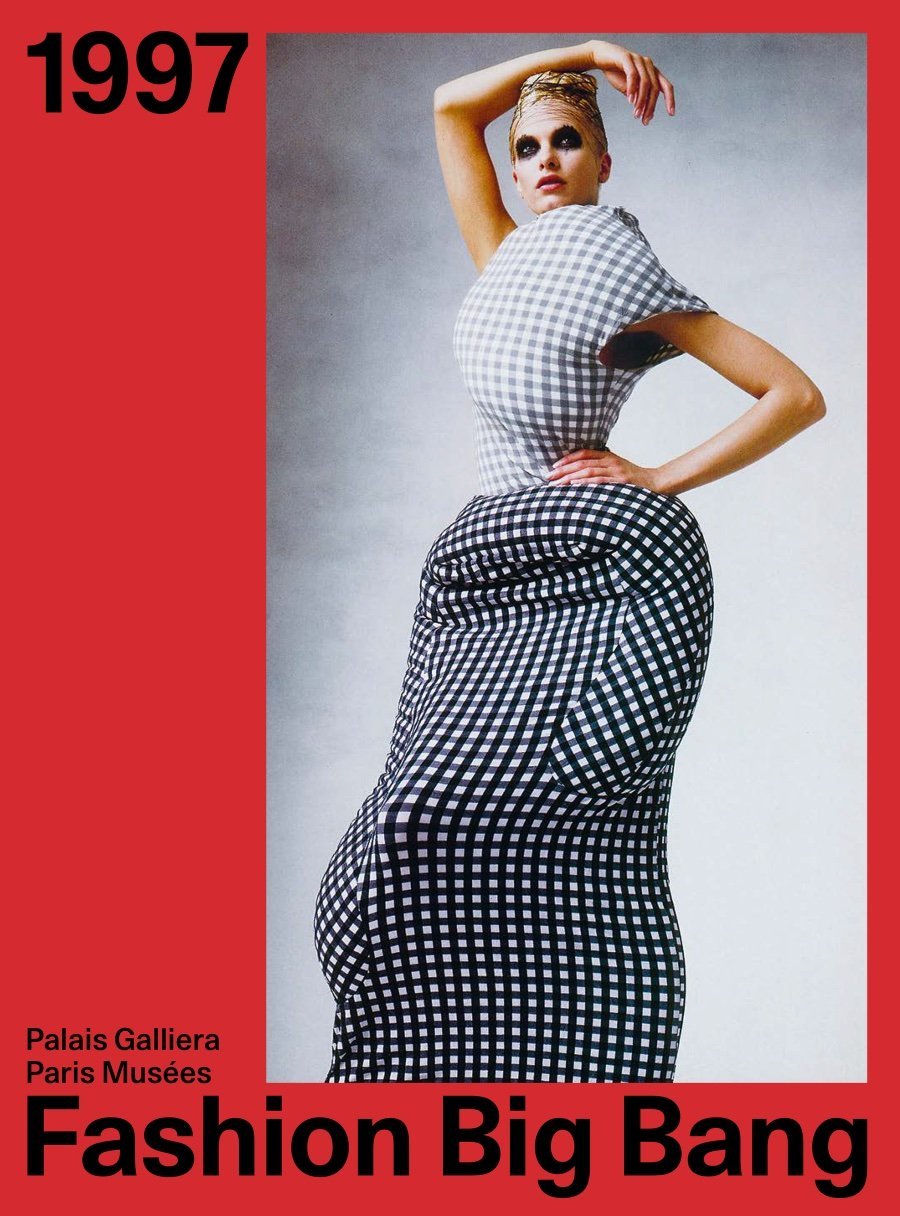
1997 Fashion Big Bang: The Palais Galliera Retrospective
This publication is also available in: Français
Deutsch
Italiano
Español
English (US)
If for some, 1997 echoes the release of the first Harry Potter book, or the first cloning, in fashion, this year marked a clear transition. A step into a new era, which Vogue Paris called “the Big Bang”. For its new exhibition, 1997 Fashion Big Bang, the Palais Galliera takes us back to . A look back at the consecration of great designers, the exploration of bodies, and the taste for spectacle.
1997 Fashion Big Bang, Palais Galliera’s journey through time
Named in 1997 as the Paris Fashion Museum, the venue could not have been better chosen to relive this year with echoes of creative laboratory. Through a circular journey, where like the needle of a clock, we travel through time, from 1996 to 1998, we witness the changes and influences that nourished the Fashion Big Bang of 1997. 38 major dates of the period punctuate our visit, between haute couture pieces, runway excerpts, magazines, photo prints or other objects reminiscing this period.
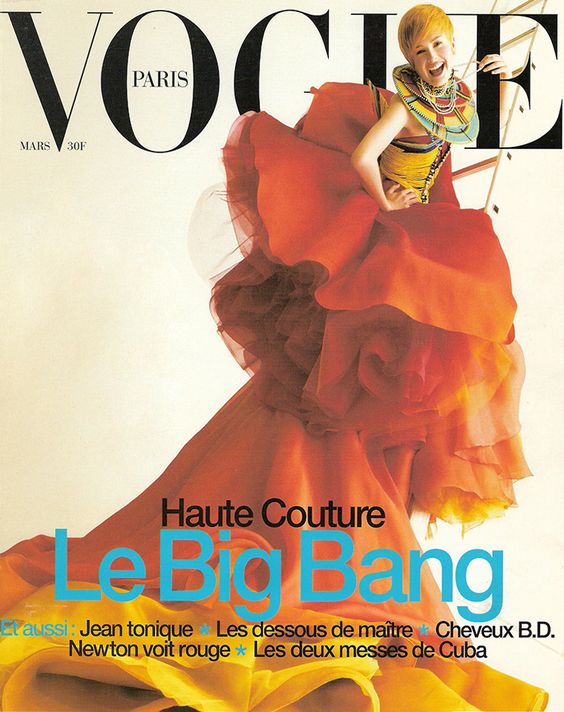
Challenging the established fashion codes, linking different artistic disciplines and casting a gaze on societal issues, this year was a key moment in the fashion industry, but also in the entire pop culture. A Spotify playlist, imbued with the identity of 1997 and composed by Michel Gaubert, the sound illustrator of the biggest fashion shows of the 1990s, is also offered for a total immersion.
How does the Fashion Big Bang resonate with the context of 1997?
Launch of the Pokémon TV series, release of Daft Punk’s first album, creation of Netflix, inauguration of the Fashion and Textile Museum at the Arts Décoratifs, first victory of a machine over the human brain, first metaverse experience in France, design of the first iMac, Hong Kong’s handover to the People’s Republic of China, first cloning, development of cosmetic surgery…
If 1997 was so decisive in terms of fashion, it correlates with the various cultural, political, and technological events that marked the context of that year.
What were society’s questions in 1997?
The Fashion Big Bang appeared at a moment of questioning for society, regarding the vision of life and its philosophy, sexuality, the relationship with the body and the idea of its ideal version, the questioning of beauty standards established since antiquity, the discovery of the androgynous figure…
These questions fueled the collections presented at the 1997 fashion shows, making them relevant and impactful for the morals of the time in search of change. In addition, themes specific to the fashion industry enriched the artistic reflections and opened discussions, like the Heroin Chic aesthetic present on the runways, or photos like those by David Sorrenti.
Living currently in a period of transition, it’s interesting to discover how the Fashion Big Bang was already questioning these themes at the time.
How did this Fashion Big Bang bring together different artistic worlds?
Between fashion, music, dance, cinema, photography, commerce, web… The Fashion Big Bang of 1997 resonated in different artistic fields, in order to rethink the codes and unite the strengths of each discipline to create epoch-marking pieces.
Fashion photographers rethought their vision, adding a cinematic dimension, as seen in the work of Philip-Lorca diCorcia. Alber Elbaz reimagined curves by photographing models through a scan, gaining visibility that propelled him in the industry. David Chappele highlighted the opulence of Christian Lacroix’s creations, finally in tune with the new vision of fashion and the ensuing fast pace.
Music led to artistic collaborations, like Walter Van Beirendonck, who created a stage outfit for U2’s singer, Bono, questioning the notion of masculinity. Ann Demeulemeester was inspired by Patty Smith and the question of androgyny in her Spring-Summer 1997 collection in tribute to the singer. The artist Bjork, for her part, enlisted Alexander McQueen to design a kimono and multicultural accessories worn on the cover of her album Homogenic.
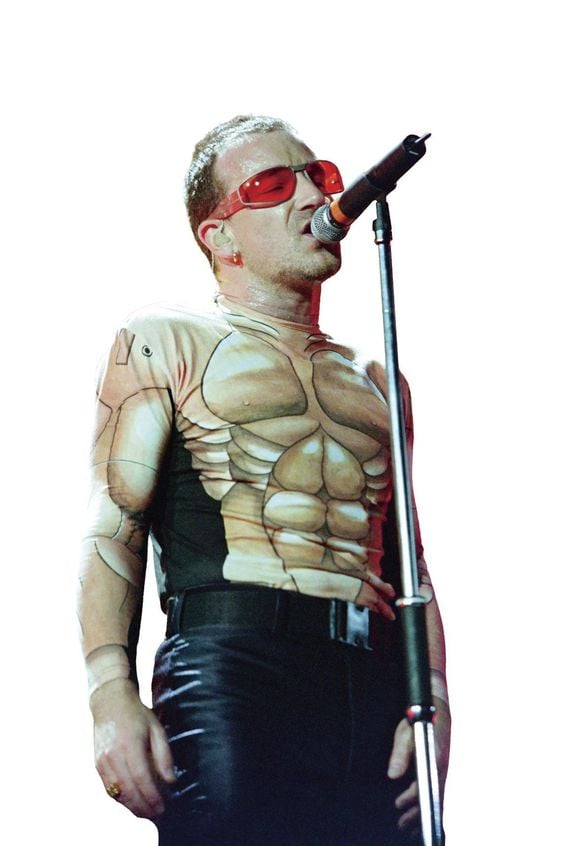
Dance also married the influences of the era, with Merce Cunningham incorporating creations by Rei Kawakubo into his contemporary composition, proposing a new vision of silhouettes.
Fashion and the 7th art also led to acclaimed creations, like the costumes for Luc Besson’s The Fifth Element, designed by Jean-Paul Gaultier and earning him a nomination at the 1998 César Awards.
Creation even made its way into the sacred, as was the case with Jean-Charles de Castelbajac, who designed the outfits for John Paul II and for 5,500 officials, for the 1997 World Youth Days.
Why was 1997 named the Fashion Big Bang?
Shaking up the established codes, 1997 is seen as the year that rebooted an industry that was beginning to appear moribund to many, and was starting to decline with the number of houses constantly being revised downwards over the years.
What was fashion like before and after the Fashion Big Bang?
Confined for years to minimalism with perfect lines and cuts, designers allowed themselves more freedom in 1997. As early as 1996, the Spring-Summer 1997 collections announced visions seen as radical and complementary, creating a sensation, and heralding the entry into the fashion of the 21st century.
The Fashion Big Bang was characterized by an exuberance of fabrics, silhouettes, and colors. Preponderance was the guiding principle directing the collections, imbued with a spirit of spectacle that broke with the classicism characteristic of recent years.
The collections of designers came to rethink the cuts and silhouettes, unchanged for years, with a vision of the body transformed in Jeremy Scott’s Rich White Women collection, or materials reimagined, as Martin Margiela used the dress form not just as a support, but as a piece of haute couture.
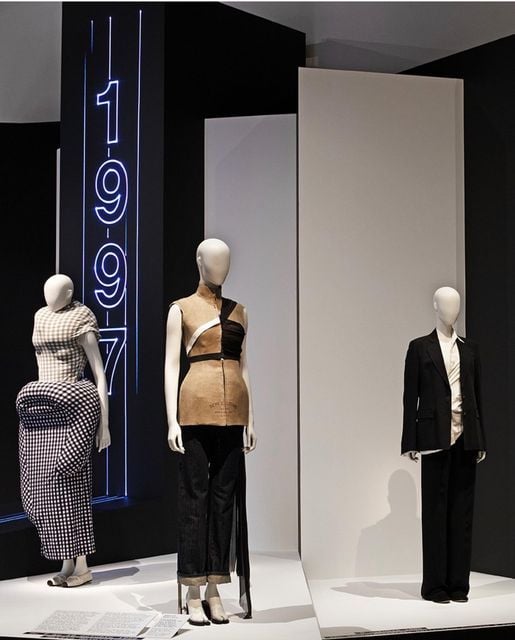
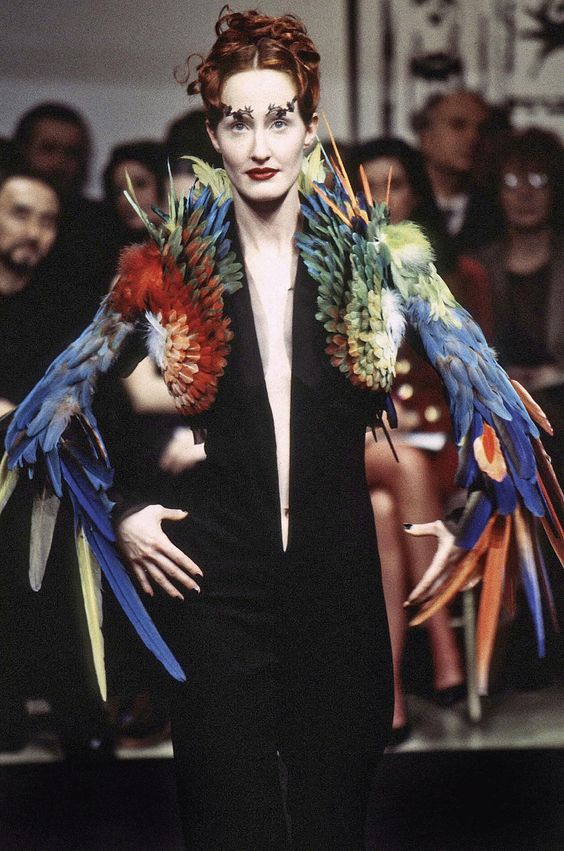
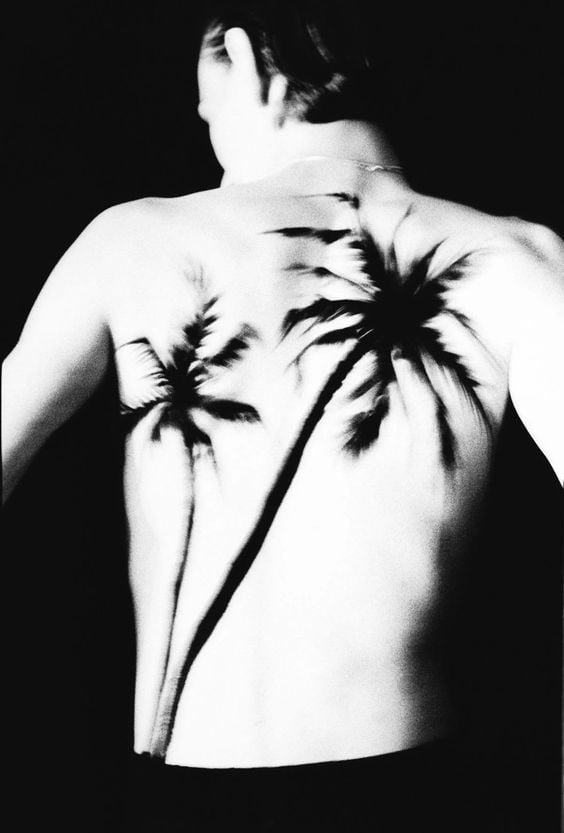
The fashion of 1997 nods to past creations, between homage and nostalgia. A tweed in reference to Gabrielle Chanel, peplums recalling Christian Dior’s Bar suit. The classic treatment of materials took another turn, with experiments in draping, cuts, and accessorizing pieces. Inspirations rooted in mythology and ancient Greece to craft beastly silhouettes emerging from the depths, as Alexander McQueen did for his first collection at Givenchy. Thierry Mugler explored this animal side with his mythical Insects collection, transforming silhouettes into half-human, half-animal creatures.
Which designers made a mark in 1997?
If 1997 presents itself as a year of change, named the Fashion Big Bang, it is also due to the context that cast a shadow over the industry, with Gian Franco Ferre’s departure from Maison Dior. Like John Galliano, who took over as Artistic Director of Dior and presented his acclaimed first collection, launching him for 14 years at Dior, other designers also rose to the helm of major houses, presenting their first haute couture collections. Like Alexander McQueen at Givenchy, Marc Jacobs at Louis Vuitton, Jean-Paul Gaultier, and Thierry Mugler under their own labels.
The period also marks the success of British designers, with Stella McCartney’s arrival at Chloé, who would later steer the brand towards a vegan approach.
What pieces reflect this year of transition?
The Fashion Big Bang of 1997, is reflected both in the pieces themselves and the relationship consumers had with them. On one hand, the creations of designers underscored the questions and visions of the time, like Tom Ford at Gucci with his G-String, emphasizing desires for hedonism, and creating a gender-fluid piece.
Also, we saw the emergence of a new vision of fashion, more exclusive, with a notion of rarity, echoing the opening of the Colette concept store in Paris, a hybrid place where one could find pieces unavailable elsewhere. The notion of hit piece was also born during this period, giving a new impetus to certain creations.
The reshaped runway show
The Fashion Big Bang of 1997 also brought a new vision to runway shows. On one hand, with a new calendar, making New York the first city to host fashion shows. Also, the codes for models were revised, with some designers opting for wild casting, in order to propose a new masculinity.
The scenography of runway shows linked catwalk and stage performances, creating admiration or shock. The goal, as Alexander McQueen pointed out, was to evoke emotions.
All these risks and changes brought about by the Fashion Big Bang of 1997, bore fruit, making the haute couture show the most publicized of the 20th century. The exhibition at the Palais Galliera offers us a rediscovery of this period, so rich in creativity and meaning, an ode to haute couture not to be missed.
Find the pieces from the key designers of the period on Modalova.
Photos: Pinterest



